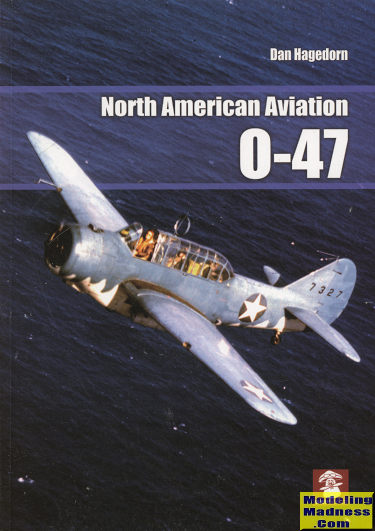 One of the
major aircraft types of the era between the world wars was the observation
aircraft. This was especially true in the US where the National Guard aviation
units used this type exclusively. It was felt that the need for observation of
enemy forces was of paramount importance to any army unit. This was based on
experiences of WWI.
One of the
major aircraft types of the era between the world wars was the observation
aircraft. This was especially true in the US where the National Guard aviation
units used this type exclusively. It was felt that the need for observation of
enemy forces was of paramount importance to any army unit. This was based on
experiences of WWI.
Initially, observation types were simply obsolescent bombers,
mainly the DH.4, but though there were initially a lot of them, as time went on,
it was decided that purpose built aircraft would be the way to go. However, the
majority of those that entered service were little more than updated version of
the DH.4 in terms of layout. What was needed was an airplane that would be
faster and more capable. The majority of these were still two seat planes, which
meant that the gunner/radio operator also had to deal with the cameras.
The folks at North American entered a competition with
something fairly radical for the time. It was a three seat monoplane that had
decent performance, a dedicated observer, and had retractable landing gear.
Probably its only major fault, despite a fairly complex landing gear system, was
that the lower fuselage windows really were not enough for the observer as
motions of the aircraft would result on the observer losing sight of the
objective.
However, the type was put into service with half the
production going to the national guard and half to regular army squadrons. It
was generally liked by the crews for its roominess, speed, and modern design.
The type entered service before WWII and all had been distributed by the time
the war in Europe got well underway. It was this war that showed that the O-47
could not hope to survive where there were enemy fighters as it simply wasn't
fast enough. The result is that the vast majority of these planes were never
issued to combat units. However, they were excellent aircraft when it came to
patrol work and they also served well in secondary tasks such as target towing.
A considerable number served in Panama helping to guard the canal and keep
German submarines at bay.
If you have read the previous MMP book on the AT-9, then you
know what to expect in terms of detail and research that went into this book.
Not only do we get a history of US observation types and units, but also a look
at its operational use. This includes every squadron that ever flew the type
along with known serial numbers assigned to that unit. The full history of the
development of the type is also part of this work and the book closes with
several pages of period color photos and full color profiles. In all, this is
the best work that has ever been published on the type. A great read and one I
can most highly recommend.
January 2022
Copyright ModelingMadness.com. All rights reserved. No
reproduction in part or in whole without express permission from the editor.
Many thanks to
Casemate Publishing for providing the review copy. You can get yours today
at this link.
If you would like your product reviewed fairly and quickly, please
contact
the editor or see other details in the Note to
Contributors.
 One of the
major aircraft types of the era between the world wars was the observation
aircraft. This was especially true in the US where the National Guard aviation
units used this type exclusively. It was felt that the need for observation of
enemy forces was of paramount importance to any army unit. This was based on
experiences of WWI.
One of the
major aircraft types of the era between the world wars was the observation
aircraft. This was especially true in the US where the National Guard aviation
units used this type exclusively. It was felt that the need for observation of
enemy forces was of paramount importance to any army unit. This was based on
experiences of WWI.